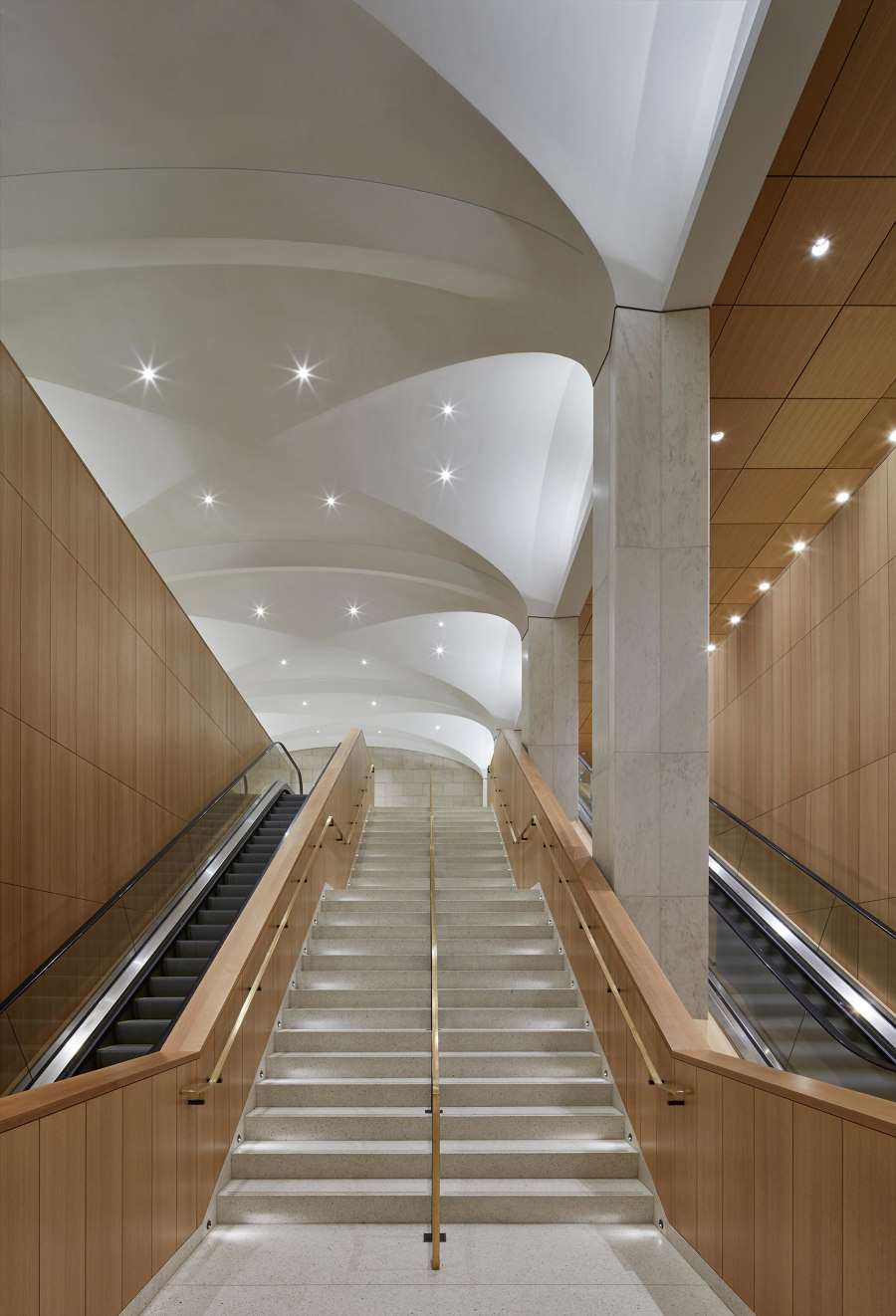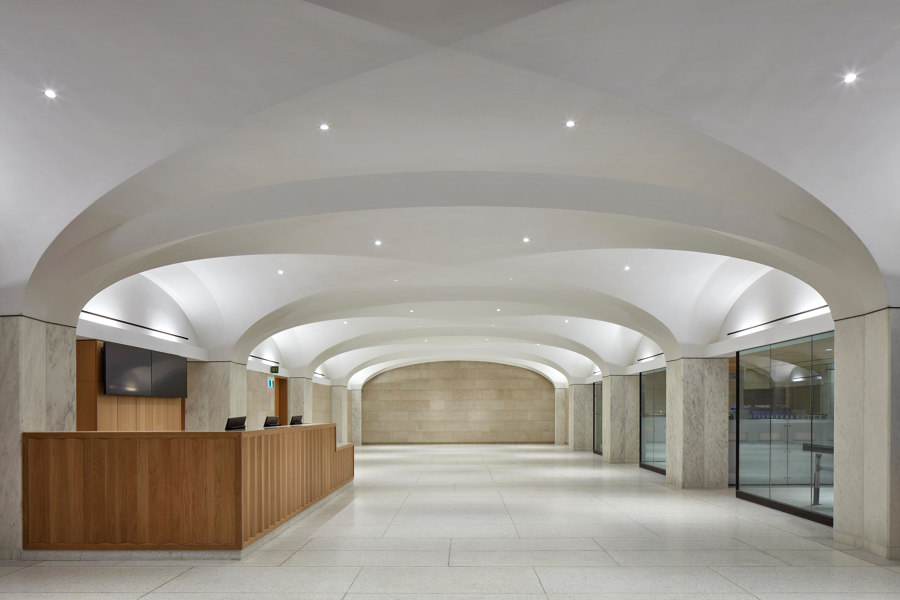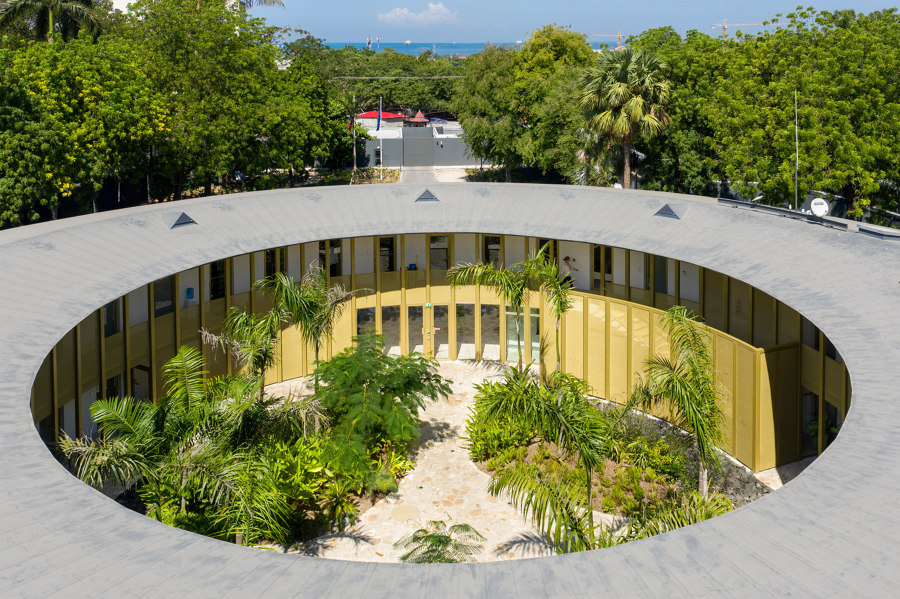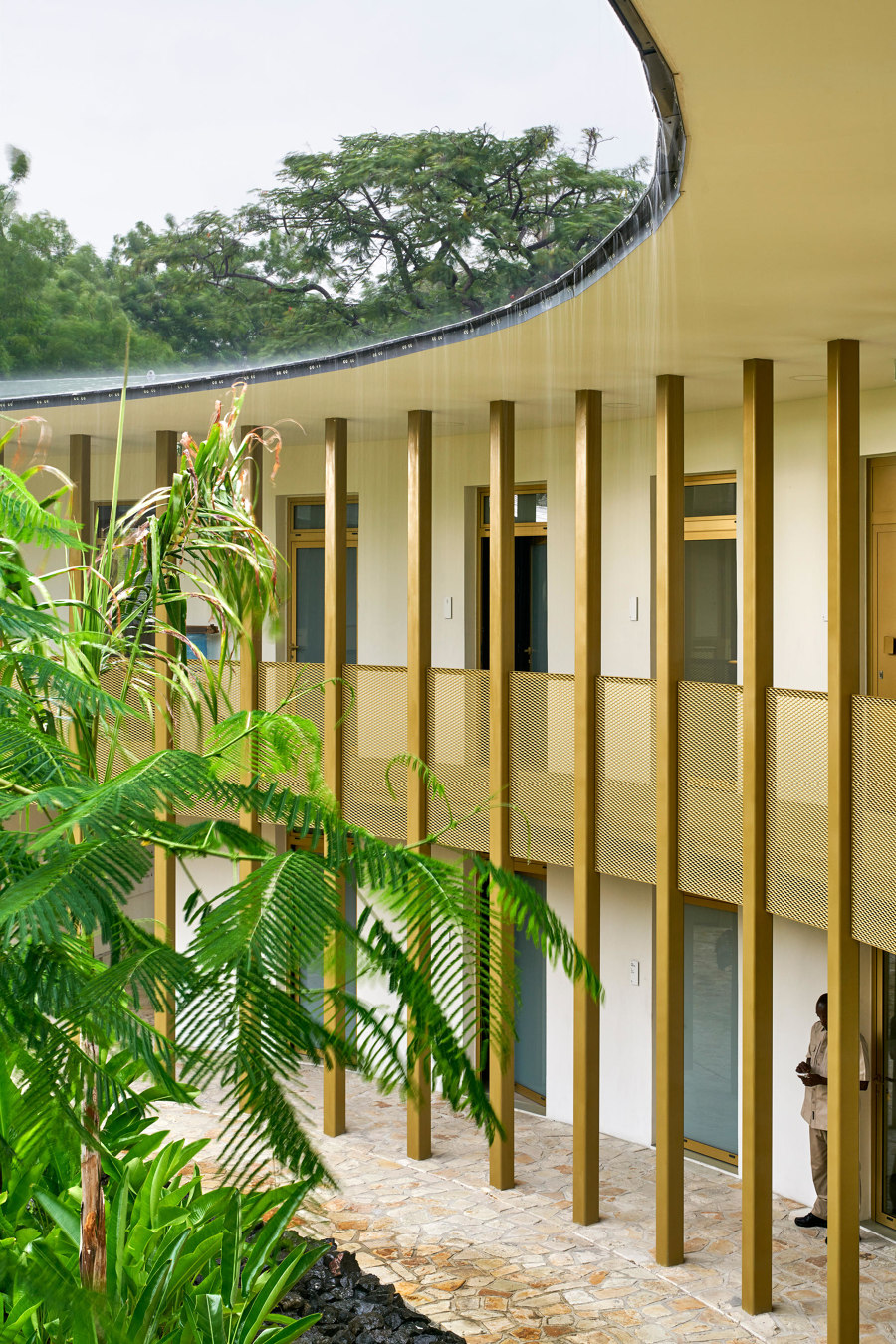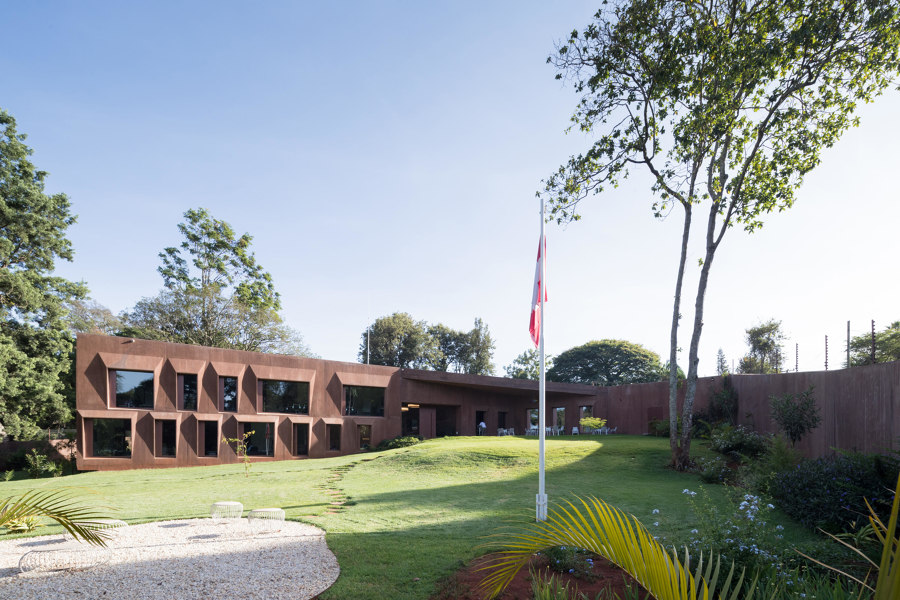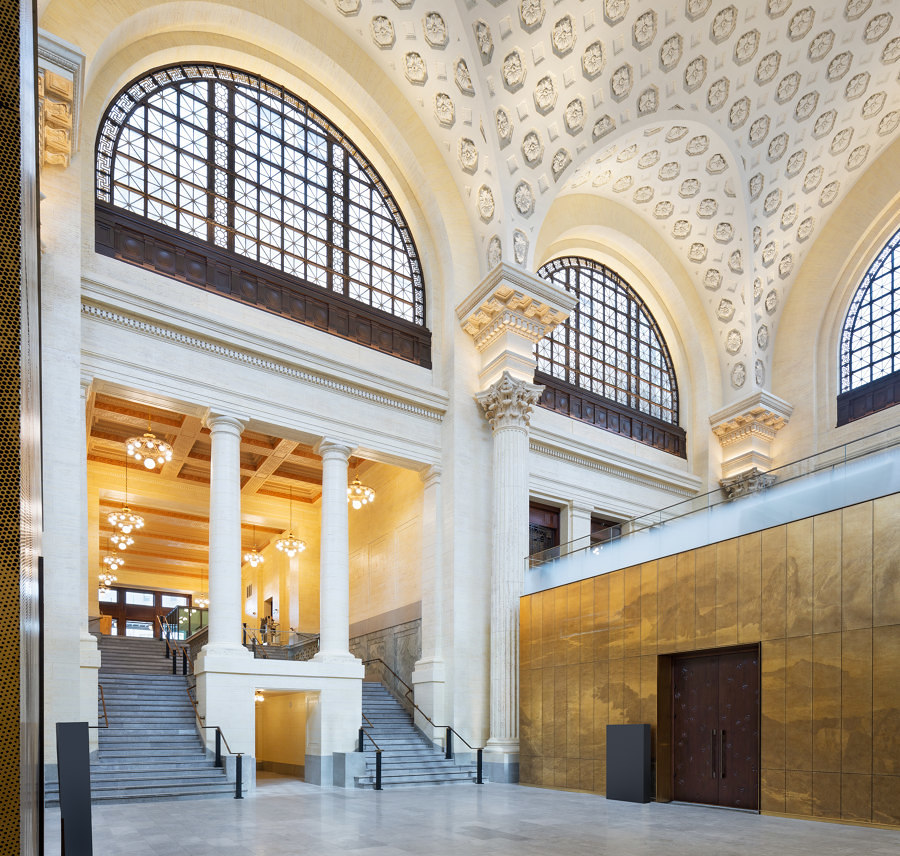Pillars of the community: government architecture
Texto por Peter Smisek
20.11.19
Public architecture comes in many different shapes, sizes and forms – ranging from the grandiose, through the dull and functional, to the unwelcoming and even intimidating. At its best, however, it should reflect the place and people it was designed to represent.
The Senate of Canada: located in what was formerly a neoclassical railway station. Photo: Tom Arban Photography

The Senate of Canada: located in what was formerly a neoclassical railway station. Photo: Tom Arban Photography
×Today's governments play a multitude of seemingly contradictory roles. They are a source of authority, but – in democratic societies at least – this authority is bestowed upon them by the people they serve. Government architecture, therefore, needs to be both official, and to a certain degree monumental, while also being highly secure, efficient and inviting.
Although the Government of Canada Visitor Welcome Centre accommodates security screenings for the Government buildings above, Moriyama & Teshima Architects have made it into an inviting and dignified architectural space. Photos: @jamesbrittainphotographs
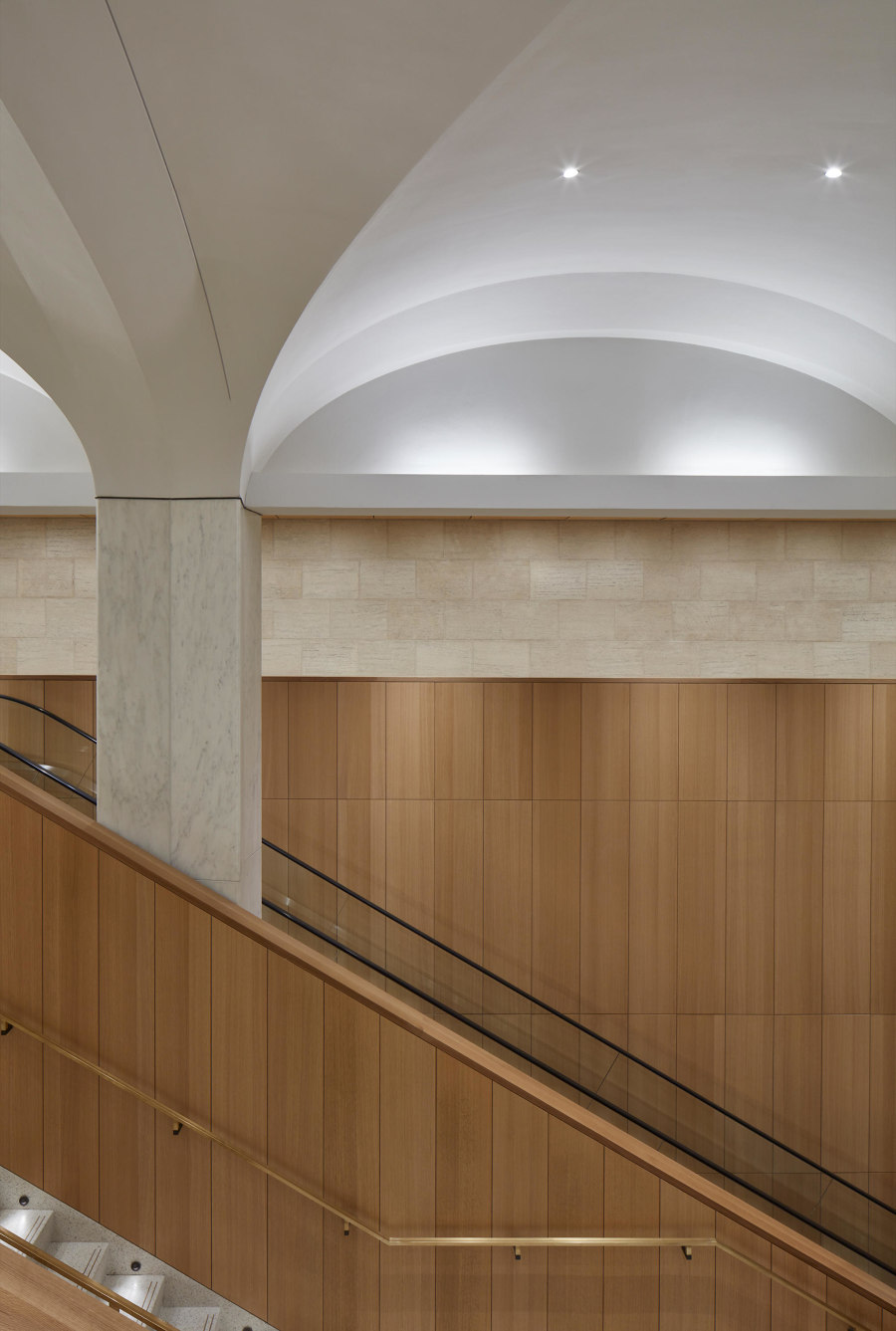
Although the Government of Canada Visitor Welcome Centre accommodates security screenings for the Government buildings above, Moriyama & Teshima Architects have made it into an inviting and dignified architectural space. Photos: @jamesbrittainphotographs
×The Government of Canada Visitor Welcome Centre by Moriyama & Teshima Architects tries to use both approaches. Located inside the arch of a road bridge in Ottawa's Parliament Hill quarter, the entrance has a modest presence on the street, but the interior consists of a dramatic, double-height vaulted space with timber and pale stone panelling.
The Explorations Architecture-designed French Embassy in Haiti, features external walkways within its centre, marrying the elegant government architecture France is known for with Haiti's tropical climate. Photos: Michel Denancé
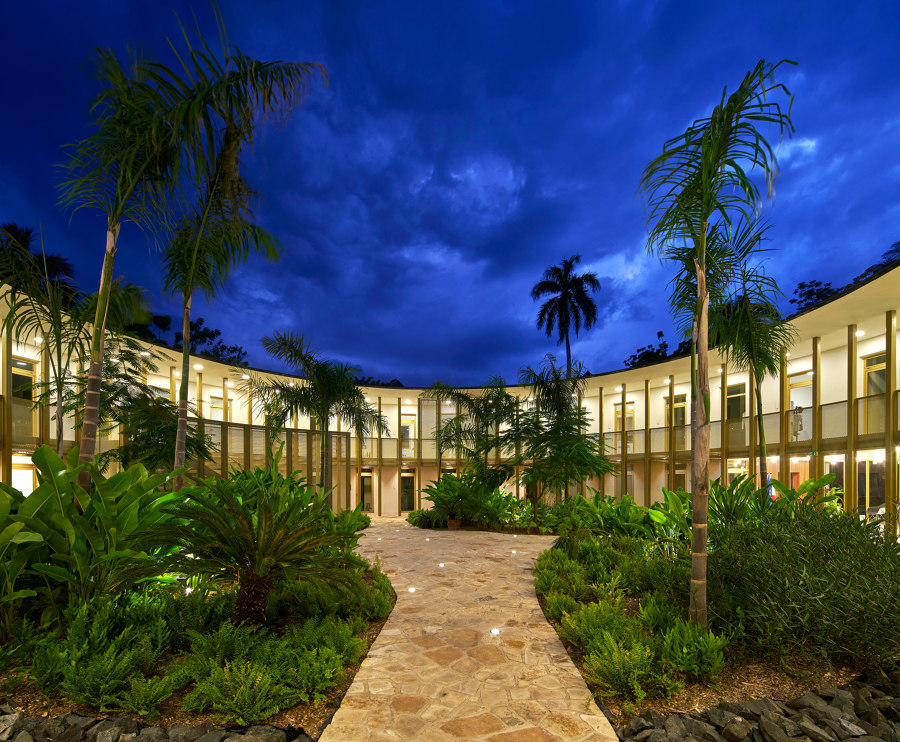
The Explorations Architecture-designed French Embassy in Haiti, features external walkways within its centre, marrying the elegant government architecture France is known for with Haiti's tropical climate. Photos: Michel Denancé
×The design of an embassy is a wholly different kind of government architecture. The number of daily visitors is smaller, but there is a need to provide a number of medium-sized formal and informal spaces for parties, events and conferences. The French Embassy in Haiti by Explorations Architecture is a simple, two-storey circular building set within lush, landscaped grounds. Rendered white walls, gold-coloured windows and an overhanging roof give the building an air of elegance while creating an easily navigable and compact layout.
Government architecture, such as the Swiss Embassy in Kenya by ro.ma architekten, can be sensitive to the environment, but still highly crafted to reflect the priorities of the country it represents. Photos: Top, middle © Iwan Baan; Above © Fabio Idini
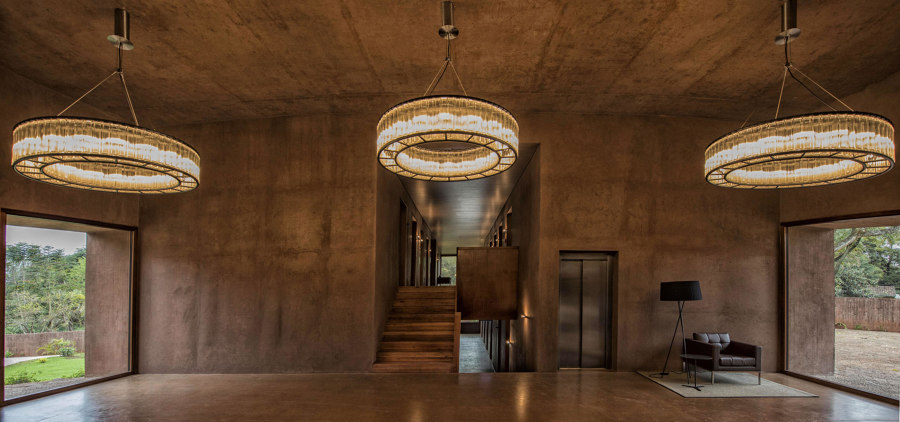
Government architecture, such as the Swiss Embassy in Kenya by ro.ma architekten, can be sensitive to the environment, but still highly crafted to reflect the priorities of the country it represents. Photos: Top, middle © Iwan Baan; Above © Fabio Idini
×In Nairobi, the Swiss Embassy was designed by ro.ma roeoesli & maeder architekten and is concealed behind a red concrete wall. The low-slung embassy seems to emerge out of the sloping landscape, its colour inspired by the region's red soil. The massive concrete structure has sufficient thermal mass to help cool the building in spite of the tropical heat, while its green roof helps to retain moisture and mitigate the project's impact. A central, double-height lobby ensures views across the lush gardens and gives this piece of government architecture a large, representative space.
Diamond Schmitt Architects' Senate of Canada in Ottawa will be used as a conference centre once its current temporary function is no longer required. Photos: Tom Arban Photography

Diamond Schmitt Architects' Senate of Canada in Ottawa will be used as a conference centre once its current temporary function is no longer required. Photos: Tom Arban Photography
×Back in Ottawa, Diamond Schmitt Architects have renovated a historic building to provide temporary accommodation for the Senate of Canada. The building, formerly a neoclassical railway station inspired by the baths of Caracalla, imbues this government architecture with a sense of grandeur. The architects' interventions consisted of reconfiguring the space with large elements clad in brass and wood panels featuring different engravings based on widely recognisable Canadian symbols.
© Architonic

